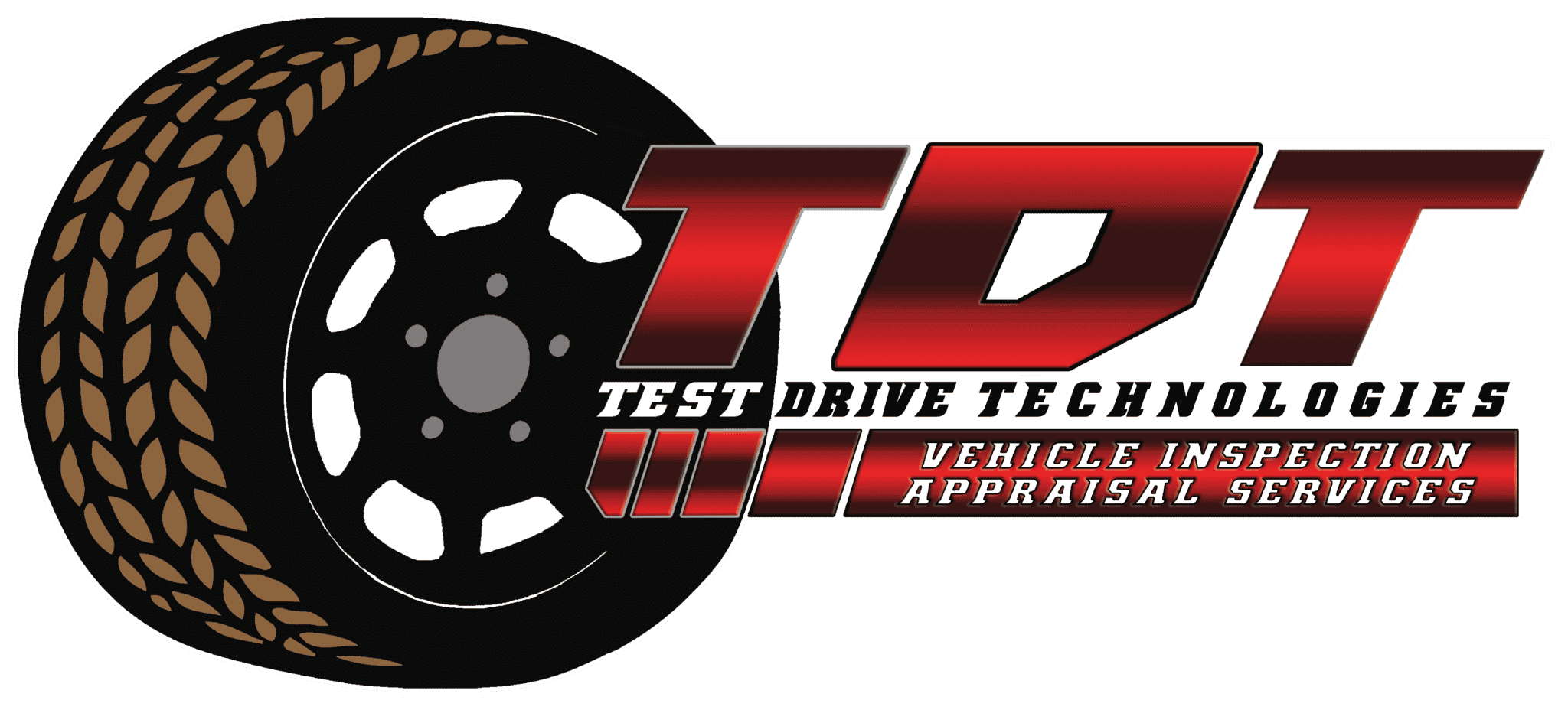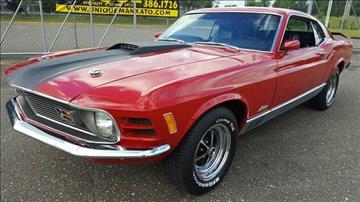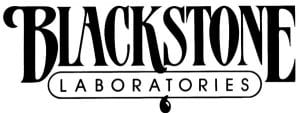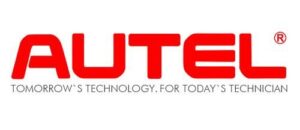Over the last 25 years of inspecting, repairing, banging out dents, repainting and appraising vehicles I have finally put together a list of the most common things to check before purchasing a muscle car. Having grown up pounding out dents, smoothing out body lines and sanding out runs in muscle cars I feel I know a few things that I would like to pass along to you my fellow muscle car enthusiast. Here it goes.
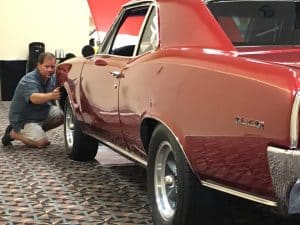
The body isn’t all that important however it makes it does feel a lot better to have a beautiful machine sitting in your garage as your muscle car. Hey, I get it, it needs to be loud, fast, powerful and everything you want in your dream car or investment, there is nothing wrong with that at all. But when going through the purchase process, shopping, traveling, inspecting, researching and so on, what you see on the outside is some of the simple easy stuff to have fixed. In comparison with mechanical work, now up past $100 / labor hour, bodywork is still holding below $50 / hour in most places. So even if you had to have a quarter replaced and the car painted you might still be only looking at a $5,000 bill after all. Compare that to an engine or transmission rebuild at $100 / hour for your muscle car and your repair cost could easily be upwards of $10,000 for parts and labor.
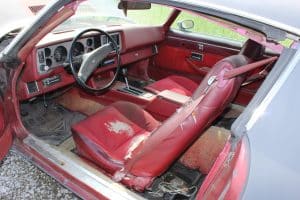
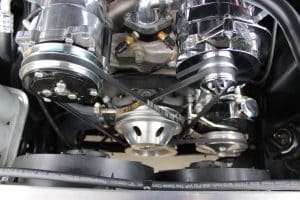
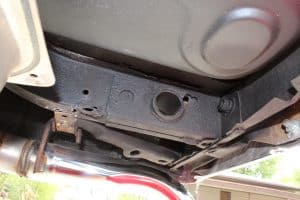
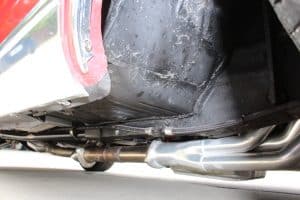
Do you agree or disagree? Tell me why in the comments…
